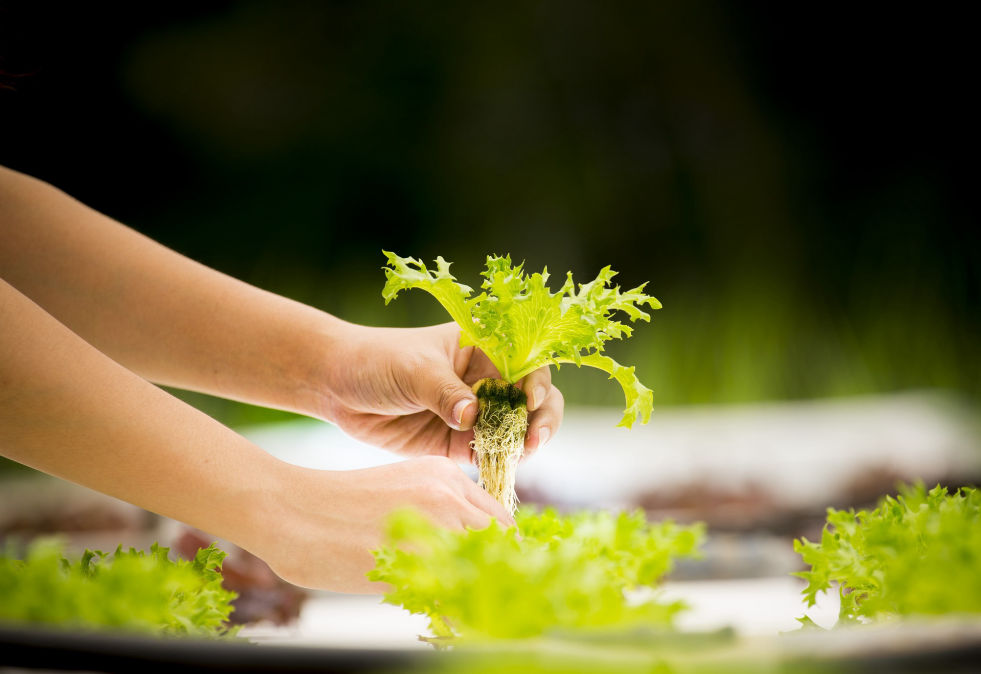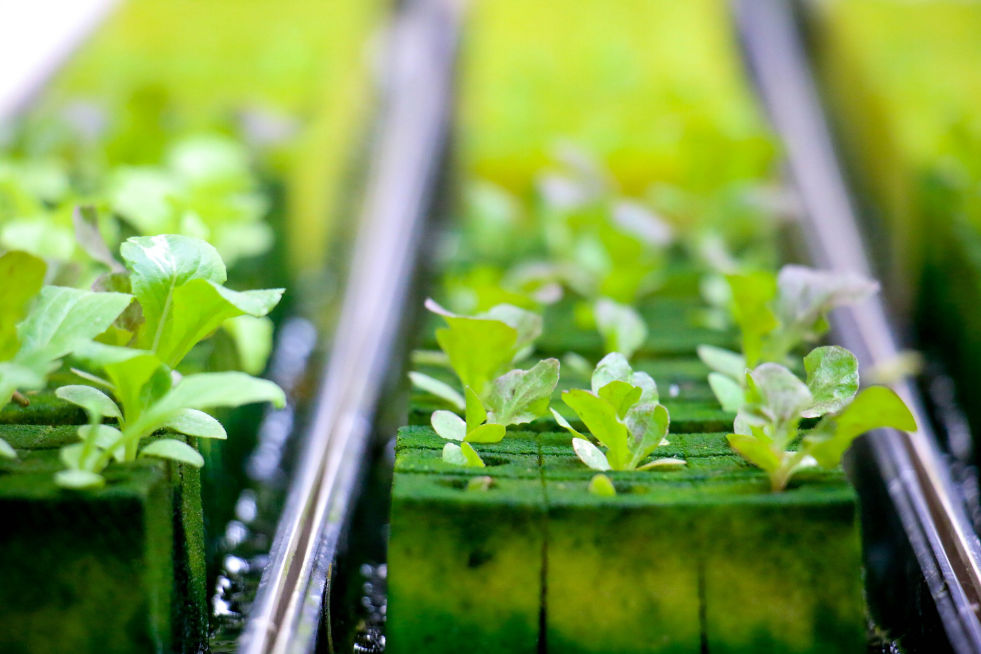



As you embark on your hydroponic journey, you'll encounter a world of innovation and countless opportunities for growth. It's natural to have questions, and we're here to help you navigate this fascinating realm of horticulture.
From understanding the basics of hydroponic gardening to exploring its role in sustainable and urban farming, our comprehensive FAQ covers a wide array of topics to help you cultivate your knowledge. Whether you're a budding hydroponic enthusiast or an experienced gardener looking to expand your expertise, we've got the answers you seek.
Dive into our Hydroponics FAQ and let your curiosity take root! Together, we'll uncover the secrets to a thriving, vibrant, and eco-friendly garden.
What is hydroponic gardening?
Hydroponic gardening is a soil-less method of growing plants by using nutrient-rich water solutions instead of traditional soil. The plants' roots are supported by an inert medium like perlite, coconut coir, or rockwool, which allows them to access the necessary nutrients and oxygen.
What are the benefits and drawbacks of hydroponic gardening?
The benefits of hydroponic gardening include faster plant growth, higher yields, less water usage, better control over nutrient levels, and the ability to grow plants in small or urban spaces. Drawbacks can include higher upfront costs, the need for constant monitoring and maintenance, and a steep learning curve for beginners.
What are the different types of hydroponic systems?
There are six main types of hydroponic systems: Nutrient Film Technique (NFT), Aeroponics, Deep Water Culture (DWC), Drip Systems, Ebb and Flow (Flood and Drain), and Wick Systems. Each system has its advantages and disadvantages, depending on factors such as plant type, space, and budget.
What equipment do I need to start a hydroponic garden?
The basic equipment required for a hydroponic garden includes a growing tray, reservoir, growing medium, nutrient solution, water pump, air pump (for some systems), tubing, and a timer. Additionally, you may need artificial lighting, pH and EC meters, and temperature and humidity control devices.
How do I maintain my hydroponic garden?
Hydroponic garden maintenance involves regularly checking and adjusting nutrient solution levels, pH and EC, as well as monitoring temperature, humidity, and lighting. You'll also need to clean and sanitize your system regularly to prevent the growth of algae, bacteria, and fungi.
Can I grow any plant in a hydroponic system?
While many plants can thrive in hydroponic systems, some are more suitable than others. Leafy greens, herbs, tomatoes, strawberries, and peppers are popular choices. However, plants with deep root systems or those that require a lot of space may not be ideal for hydroponic cultivation.
How do I troubleshoot common issues in hydroponic gardening?
Common hydroponic gardening issues include nutrient deficiencies or toxicities, pH imbalances, pest infestations, and diseases. Monitoring your plants closely and addressing problems early on is crucial. Proper system maintenance, regular water changes, and timely adjustments to nutrient levels and pH can help prevent and resolve many issues.
What is the environmental impact of hydroponic gardening?
Hydroponic gardening can have positive environmental impacts, such as reduced water usage, decreased pesticide use, and the ability to grow food in urban areas. By optimizing resource usage and promoting sustainable farming practices, hydroponic gardening can contribute to a greener, more sustainable future.
How does hydroponic gardening fit into sustainable and urban farming?
Hydroponic gardening is well-suited for sustainable and urban farming due to its efficient use of resources and adaptability to small or unconventional spaces. By growing plants in vertical farms, rooftops, or urban gardens, hydroponics can help address food security and accessibility issues, while reducing the environmental footprint of traditional agriculture.
Made with
Landing Page Software